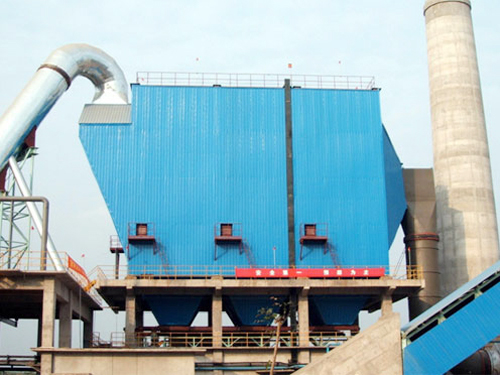SURVIVAL THROUGH QUALITY
PRODUCT CENTER
-
Pulse dust collector
-
Mine dust collector
-
Boiler dust collector
-
Metallurgical dust collector
-
Carbon plant dust collector
-
Chemical dust collector
-
Rubber dust collector
-
Woodworking dust collector
-
Single machine dust collector
-
Static electricity Dust collector
-
Cyclone dust collector
-
Wet dust collector
-
Filter cartridge dust collector
-
Insert valve (gate valve)
-
Ventilation butterfly valve (cold air valve)
-
Spiral conveyor (auger)
-
Scraper conveyor
-
Dust humidifier
-
Bucket elevator
-
Ash discharge valve
-
Material Handling Equipment
-
Wet scrubber
-
Dust collector
-
Dust removal filter bag
-
Dust removal bag cage
-
Polishing platform
-
Waste gas treatment equipment
-
Electric control cabinet
-
Fan
-
Smoke welding machine
-
Liquid level switch
-
Dust removal filter element
-
Aeration cushion
-
Sweeper
-
Dust suppression device
-
Solenoid valve

CJMA (B) Mill High Voltage Electrostatic Precipitator
The CJMA (B) mill high-pressure electrostatic precipitator is an equipment that uses the principle of high-pressure electrostatic purification to purify dusty gases. It is a dust removal equipment specifically designed for rotary dryers in cement plants.
The CJMA (B) mill high-voltage electrostatic precipitator is the third-generation product of the CDLG (H) model. There have been significant improvements and enhancements in both structure and performance. The wide spacing electrostatic precipitator is widely recognized and designated by countries around the world as a promising dust collector. Technical performance of wide spacing electrostatic precipitator for rotary dryer. At present, these products have been promoted and used in various cement plants, and have received positive feedback from users.
Working principle of CJMA (B) mill high-pressure electrostatic precipitator:
Using a high-voltage electric field to ionize smoke, the dust in the airflow is charged and separated from the airflow under the action of the electric field. Negative is made of metal wires with different cross-sectional shapes, called discharge electricity. It is made of metal plates with different geometric shapes and is called a dust collector. The performance of electrostatic precipitators is influenced by three factors: dust properties, equipment construction, and flue gas flow rate. The specific resistance of dust is
The indicator for evaluating conductivity has a direct impact on dust removal efficiency. The specific resistance is too low, making it difficult for dust particles to stay on the dust collector, causing them to return to the airflow. If the specific resistance is too high, the dust particles that reach the dust collector are not easily discharged, and a voltage gradient is formed between the dust layers, which will cause local breakdown and discharge phenomena. These situations will all lead to a decrease in dust removal efficiency.

